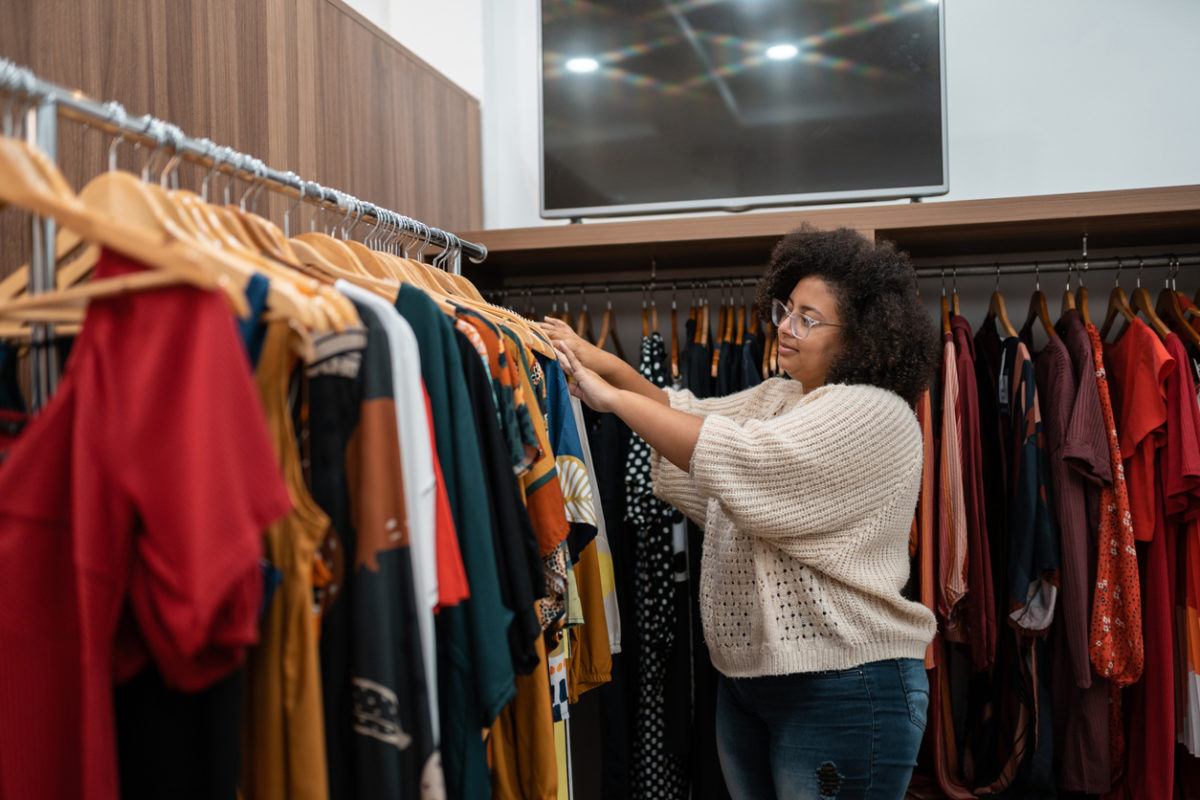It can be difficult to determine the right retail distribution strategy. Here’s a helpful guide.
Owning a retail store with fabulous products does not put dollars in your account. You must get the products into the hands of customers willing to pay for them. You must distribute them. Distribution is not always straightforward because every customer has different needs and budgets. So, how do you make your store products stand out and become a “must buy” item for customers?
You plan a successful retail distribution strategy.
What is a Distribution Strategy?
A strategy is a plan of how to complete an action. In this case, distributing products is your action. Therefore, you want to create a distribution strategy comprising various approaches to getting customers to purchase your retail products.
A successful distribution strategy begins with analyzing your target customer needs, your business needs, and the options available to help you meet those needs. Ask yourself, “what is the best way to sell my products to customers?”
Consider the entire process, from start to finish, to find ways to reduce costs without affecting customer satisfaction. Consider how potential customers see your products, potential distribution partners that can help your products get noticed, price points warehousing, shipping, and receiving, and your competitors.
Creating a Distribution Strategy
No matter what you sell, distribution strategies must focus on your ideal customers and how you will make them aware of your products. You may need multiple strategies to reach all your customers. Below is a list of the types of distribution strategies you can implement:
- Direct from your business to the consumer
- Indirect, using a third party to help get products to your target market
- Intensive for large-scale companies with big volume inventory
- Exclusive for specialty, designer, and luxury items not made for mass appeal
- Selective for specialty items with higher price points, regional appeal, or luxury and target specific markets
Choosing Distribution Channels
Each distribution strategy has one or more channels the products must go through before it gets to the customer. The channels consist of agents that handle the item before it gets to the customer. Examples of agents include manufacturers, wholesale suppliers, retailers, etc.
You must figure out how to get your products to customers using the correct number of agents. Many retailers choose to work with wholesale supply companies. Their distribution channel starts with a manufacturer or designer who sells the products to a wholesale supplier. The wholesale supplier sells the clothes to a retail store, and they sell the item to the customer.
If you are a designer or artisan, your distribution channel consists of you (the manufacturer) and your customer (the retail boutique).
Distribution channels are levels ranging from zero to three. Level one has the fewest agents, while level three can have four or more. An example of a level three channel is the manufacturer, wholesale supplier, agent or broker, retailer, and customer.
Optimizing Distribution Strategies
Choosing a distribution channel is the beginning of the distribution process. You must create a strategy that not only gets products to your customers but also optimizes them so you can continue to have a successful business with high profits and happy customers.
Below are some tips to improve your distribution strategy:
- Customer Connection Strategies
Through each distribution channel, find ways to stay connected with your customer. Your goal should be to make it easy for the customer. Make it easy for them to view, buy, and ship products. Make it easy for them to get questions answered.
Share information about your products to help your customers feel and look better. For example, teach customers about concepts like body shapes, how to get the most accurate sizing, or how to layer jewelry. Most importantly, make them feel welcome and valued in your shop or online. When possible, get involved with your community.
- Marketing strategies
Marketing consists of the actions you take to help sell your products. The goal is to increase sales and revenue. Developing a marketing strategy helps you put your ideas into practice in an organized, streamlined process. Steps of creating a marketing strategy include:
- Setting goals
- Researching trends in products, advertising, etc.
- Budgeting properly
- Implementing marketing tactics
Marketing tactics may include social media, paid ads, email sales, direct sales, and writing content blogs that educate the customer. You may also use videos, live streams, and podcasts.
- Brand advocates/strategy
Building your brand is an ongoing process without a specific deadline. Branding choices include personal, product, corporate, service, or online areas of your business. You may choose co-branding by collaborating with another company.
Your branding strategy should include defining your brand, objectives, and audience. Be different and focus on your customers, but also ensure you are consistent in your story.
- Dual Channel Strategy
Many retailers are discovering more than one way to sell products and establish a new, bigger customer base. They are using a dual channel strategy. For example, some retailers open an online store, some add catalog or mail-order options and some open pop-up shops in different regional areas. By adding another chain of supply, you have the potential to increase your profits. That is if you can stay organized and consistent in pricing and services. Working with a wholesale supplier is the easiest and most effective way to make this transition.
Distribution Evaluation Strategies
You must commit to evaluating your retail distribution strategies to understand if they are working or need improvement. Evaluation goes way beyond analyzing profits and losses. Instead, choose options that give you comprehensive, honest feedback.
Some retailers use the SWOT method to internally evaluate their strengths, weaknesses, opportunities, and threats. Business owners can also use external assessment strategies. For example, survey your customers and vendors.
Another way to measure success is to compare your outcomes with your goals when establishing a distribution strategy. Don’t be afraid to share your goals and outcomes with your wholesale supplier. They want you to succeed and may be able to offer insight to improve your strategy. It becomes a win-win for everyone.








No Comments